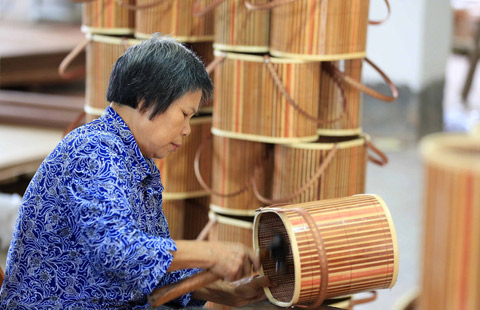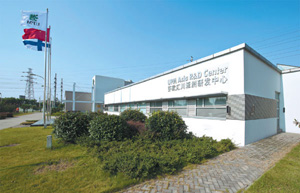Shanghai-HK stock link to accelerate China's reforms
(Xinhua) Updated: 2014-08-19 10:43At present, institutional investors outside the Chinese mainland can only invest on the Shanghai and Shenzhen bourses by becoming Qualified Foreign Institutional Investors (QFII).
China launched the QFII scheme in 2002 to allow licensed foreign investors to use offshore yuan to invest in China's capital market. Currently, 229 institutions are included in the program with a combined investment quota of $150 billion.
 |
 |
Under the mechanism, the upper limit for trading Shanghai-listed stocks is set at 300 billion yuan ($48.76 billion), while that for Hong Kong-listed shares is 250 billion yuan.
If the restrictions are lifted in the future, the program will unleash huge growth potential for the stock market in the mainland, said Xi Junyang, professor with the Shanghai University of Finance and Economics.
Dong said that the new program will also help narrow the gap between a company's stock prices in Shanghai and Hong Kong.
At present, 68 Chinese companies are listed in both Shanghai and Hong Kong, and their share prices on both bourses are often drastically different.
In the future, share prices of those companies are likely to become more similar and approach a reasonable level, according to Dong.
However, experts also warned investors against risks from different trading rules on the two bourses.
For instance, stocks in Shanghai are subject to a daily rise or fall limit of 10 percent, but those in Hong Kong can fluctuate by any amount.
"If a situation like the 2008 financial crisis were to happen again, the daily fluctuation could be very huge. Investors must carefully do basic stock research and properly control risks," said Wang Xiaojun, analyst with Cinda Securities.
- Shanghai-HK link set to boost arbitrage gains for investors
- Shanghai-HK stock link enters final testing
- 'More details needed' about HK-Shanghai stock program
- Bridging Hong Kong, Shanghai for the future
- Shanghai-HK mutual stock trade to be settled in yuan
- Mutual access for bourses 'good for Hong Kong'
- Nippon Paint China speeds ahead in service-based era
- Myanmar implements economic zone in border town with China
- Overseas investors making hay from e-commerce bet
- Homegrown brands advised to stay relevant to customers
- Farmers climb bamboo ladder to riches
- Preferred shares may erode bank profits
- Mapping geography yields some surprises
- Ice bucket charity heats up Internet
















